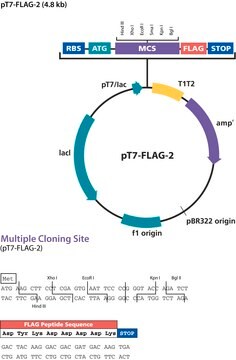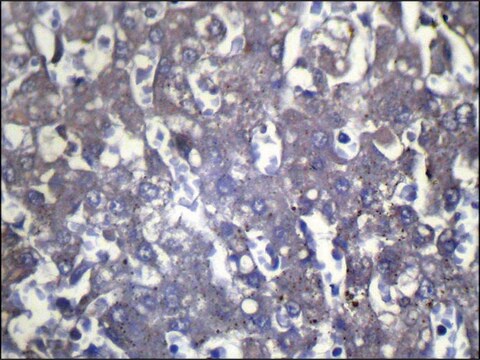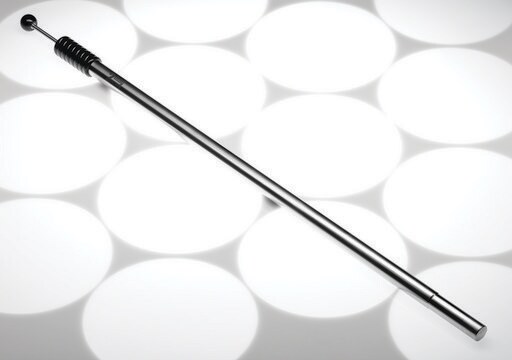OGS1124
PSF-CMV-PURO-COOH-TEV-FLAG® - C-TERMINAL FLAG® TAG MAMMALIAN PLASMID
plasmid vector for molecular cloning
Synonyme(s) :
cloning vector, expression vector, molecular cloning vector, plasmid, plasmid vector, snapfast vector, vector
About This Item
Produits recommandés
Étiquette/Marqueur
FLAG® tagged
Forme
buffered aqueous solution
Poids mol.
size 6195 bp
Sélection de bactéries
kanamycin
Sélection de cellules de mammifère
puromycin
Origine de la réplication
pUC (500 copies)
Clivage des peptides
TEV
Localisation du marqueur peptidique
C-terminal
Promoteur
Promoter name: CMV
Promoter activity: constitutive
Promoter type: mammalian
Gène reporter
none
Conditions d'expédition
ambient
Température de stockage
−20°C
Description générale
About the Peptide Tag:This plasmid contains a c-terminal Flag epitope tag that can be fused to a gene of interest to allow protein detection and/or purification. The sequence of the tag is: DYKDDDDK.
About the Cleavage Tag:This plasmid also encodes a protease cleavage site that is designed to be positioned between your gene of interest and the tag to allow the removal of the tag following protein purification or isolation. This plasmid contains a TEV cleavage tag. The protein sequence of the cleavage tag is: ENLYFQG. Cleavage occurs between the Glu and Gly residues. TEV is often reported to have better specificity for its recognition site compared to EKT Thrombin or Faxtor Xa.
Promoter Expression Level: This plasmid contains the mammalian CMV promoter to drive gene expression. We have tested all of our mammalian promoters in a range of cell types and CMV is consistently the strongest in those we have studied. However there are many reports of the CMV promoter demonstrating silencing by methylation in long-term culture.
Séquence
Remarque sur l'analyse
Informations légales
Produit(s) apparenté(s)
Code de la classe de stockage
12 - Non Combustible Liquids
Point d'éclair (°F)
Not applicable
Point d'éclair (°C)
Not applicable
Certificats d'analyse (COA)
Recherchez un Certificats d'analyse (COA) en saisissant le numéro de lot du produit. Les numéros de lot figurent sur l'étiquette du produit après les mots "Lot" ou "Batch".
Déjà en possession de ce produit ?
Retrouvez la documentation relative aux produits que vous avez récemment achetés dans la Bibliothèque de documents.
Notre équipe de scientifiques dispose d'une expérience dans tous les secteurs de la recherche, notamment en sciences de la vie, science des matériaux, synthèse chimique, chromatographie, analyse et dans de nombreux autres domaines..
Contacter notre Service technique








